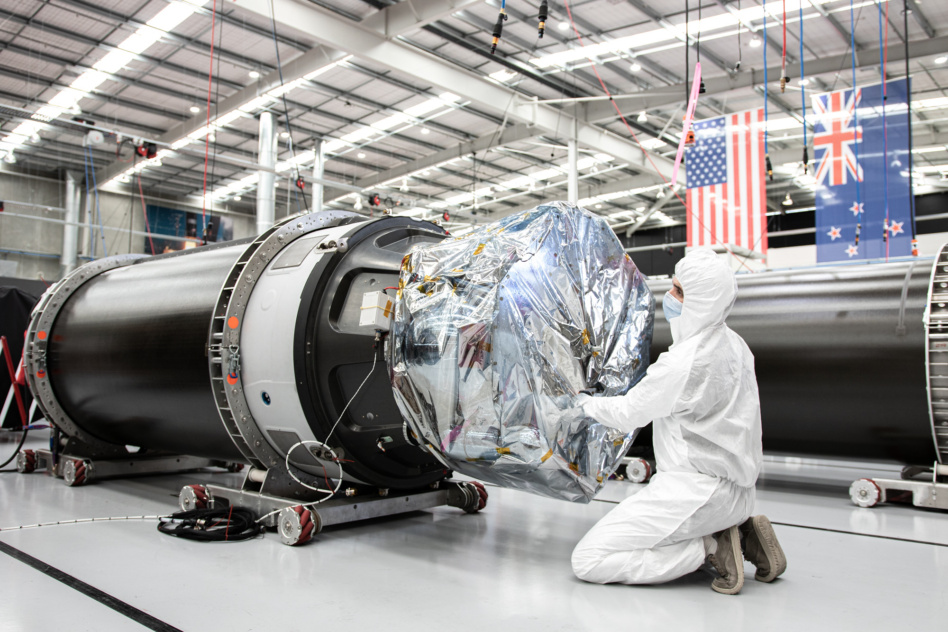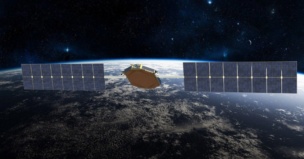Viasat has tapped Rocket Lab to build the bus for a spacecraft vying to replace an aging NASA communications network.
It’s the first time the legacy comms giant has chosen a “new space” company to build an on-orbit asset. Its most recently launched Boeing-built satellite suffered an anomaly on orbit reportedly due to an antenna manufactured by Northrop Grumman.
The task at hand: NASA is looking to replace the Tracking and Data Relay Satellite (TDRS) system by 2030, giving it a more up-to-date system to communicate with spacecraft in orbit near Earth. The agency contracted Viasat and five other firms to demo the technology; Viasat’s $80M aims to show how its existing geostationary network can act as a relay for spacecraft in LEO.
Viasat’s corporate strategy is to highlight the efficiency of spacecraft in multiple orbits—something not offered by LEO mega constellation competitors like Starlink and OneWeb. Winning the competition to be the LEO comms network of choice could mean business from civil space, defense and commercial customers, per Michael Maughan, a VP at Viasat Government Systems.
Neo-prime: Rocket Lab, meanwhile, caught some jibes from analysts after formalizing its line of spacecraft during an earnings call last month. This deal with a major satellite operator gives credence to CEO Peter Beck’s argument that his company is a leading satellite-builder.
Dollars and cents: Rocket Lab won a $515M contract to build a constellation from the SDA in January and a $143M satellite bus contract from the MDA in 2022. The company has earned more from its space systems division than its launch business in 2023 and 2022.
Climbing the value chain: Beck said last month that Rocket Lab’s partnerships were strategic, with the goal of matching SpaceX as a company that can both build and launch spacecraft. This project aims to give the company experience with responsive space communications, and the opportunity to develop a new L-band radio, moving toward Beck’s goal of operating his own satellite network in the next decade.



